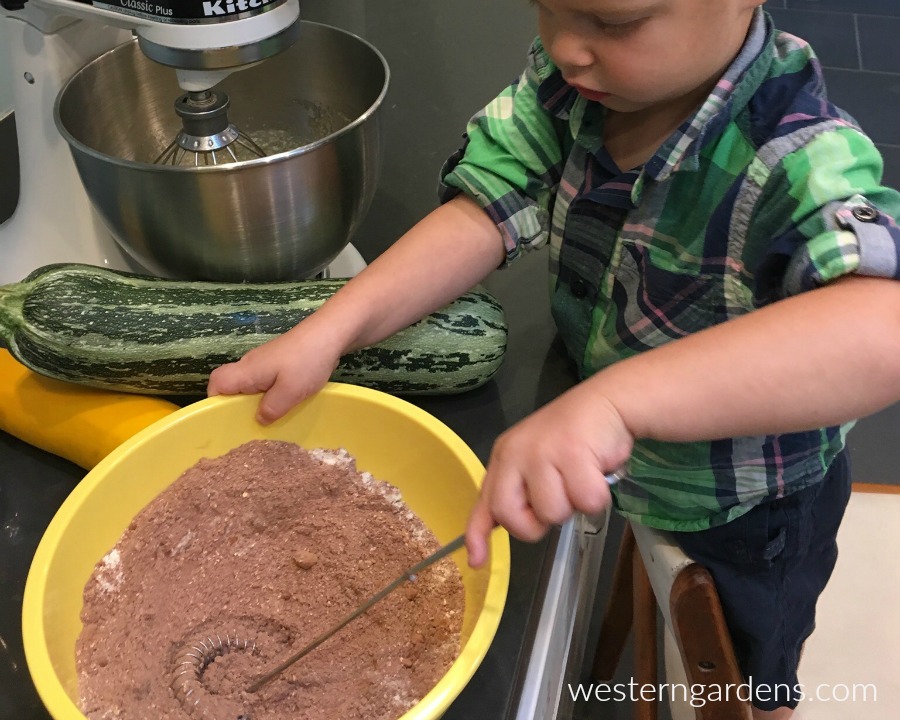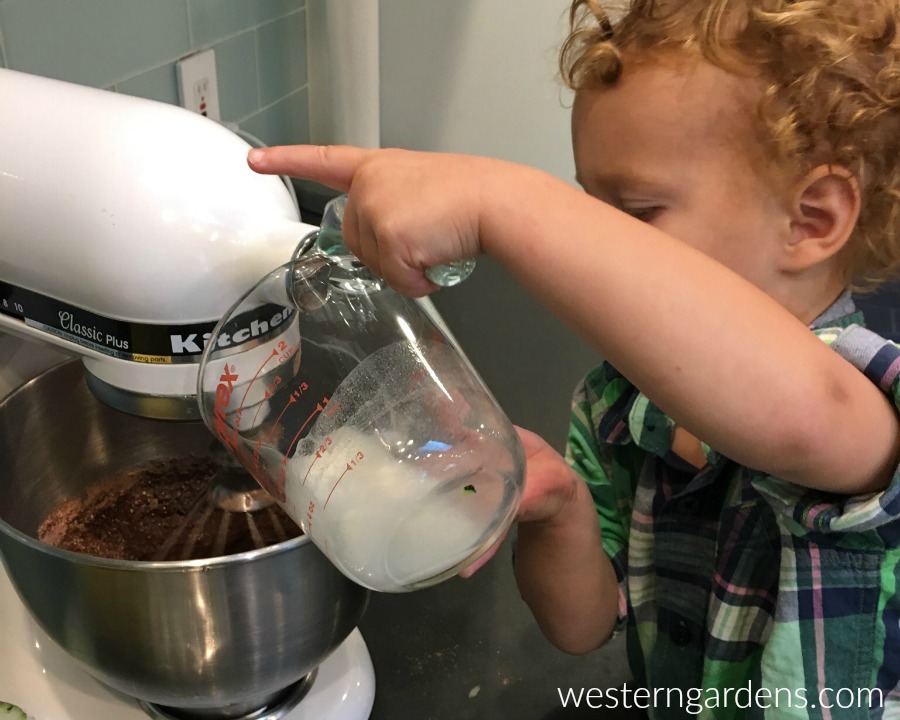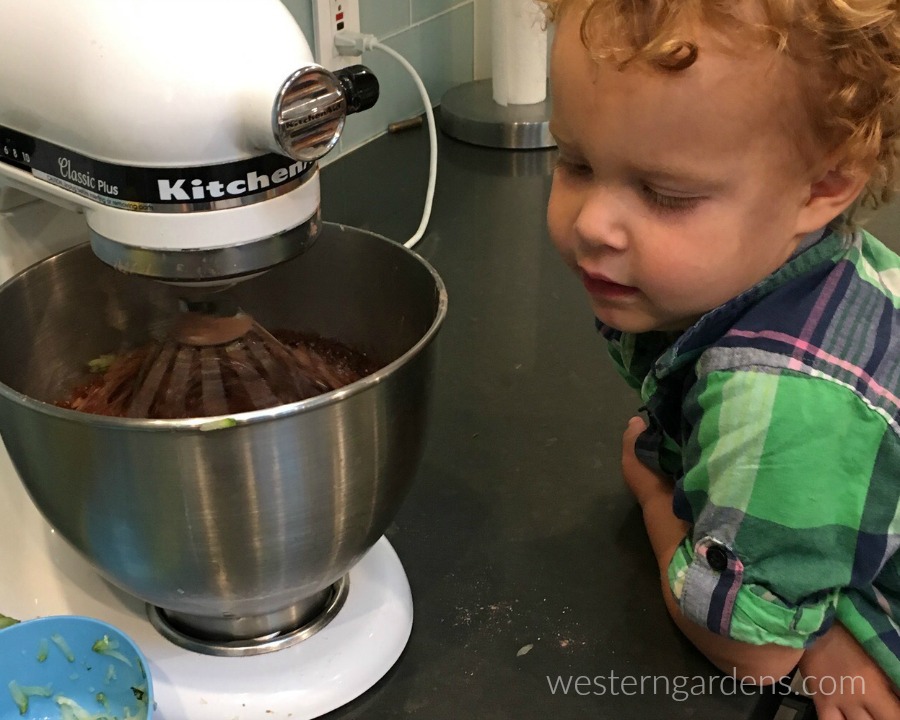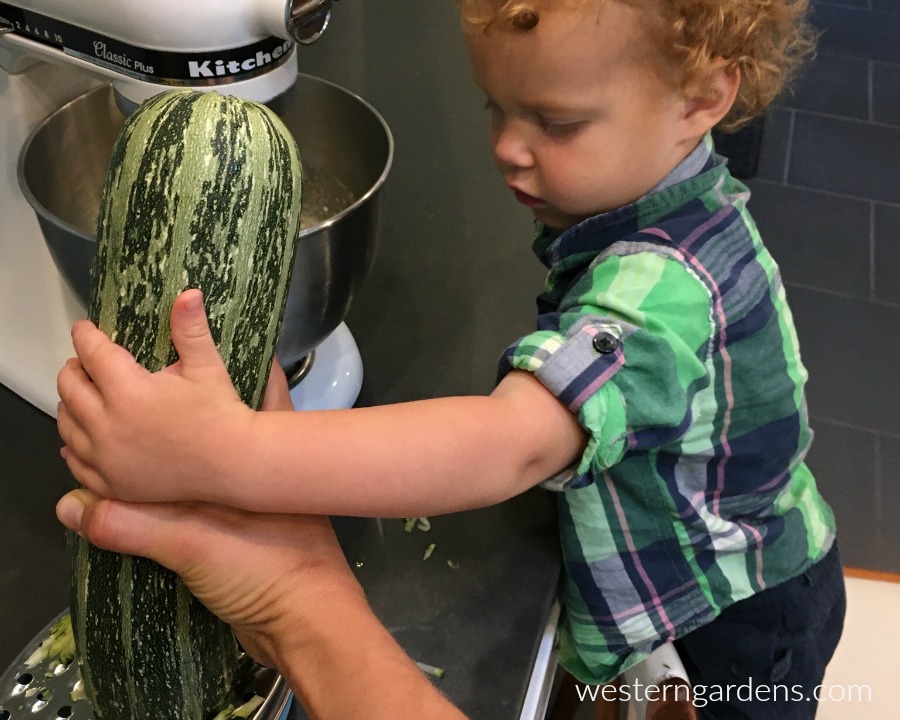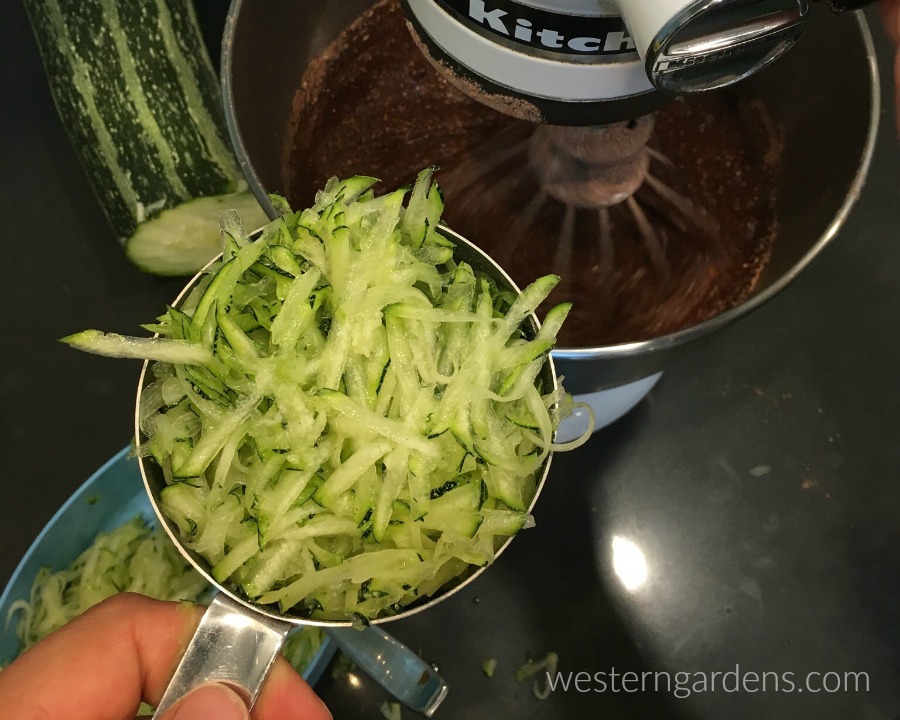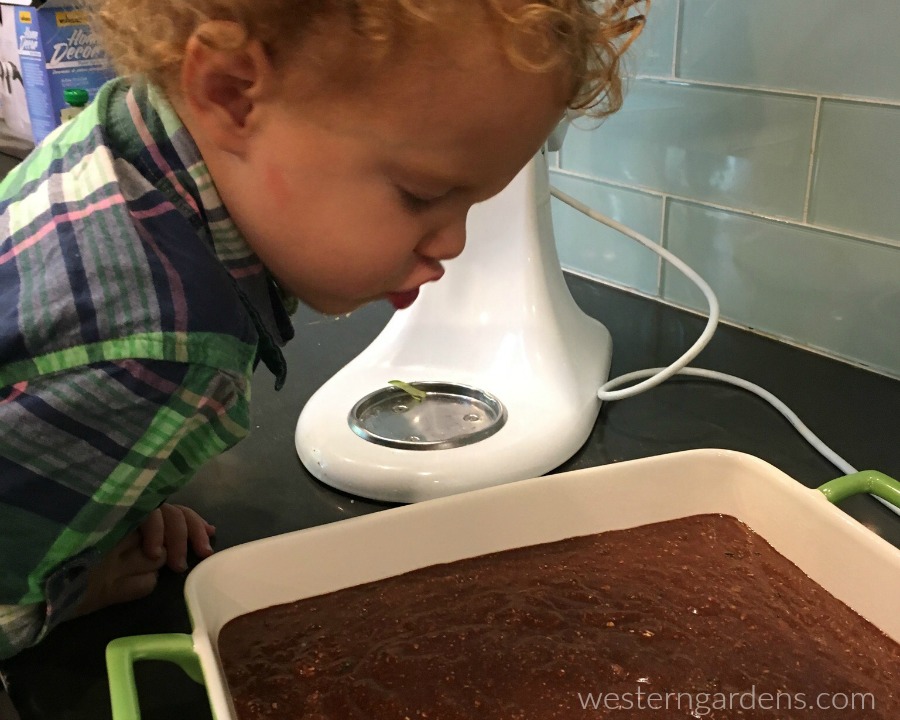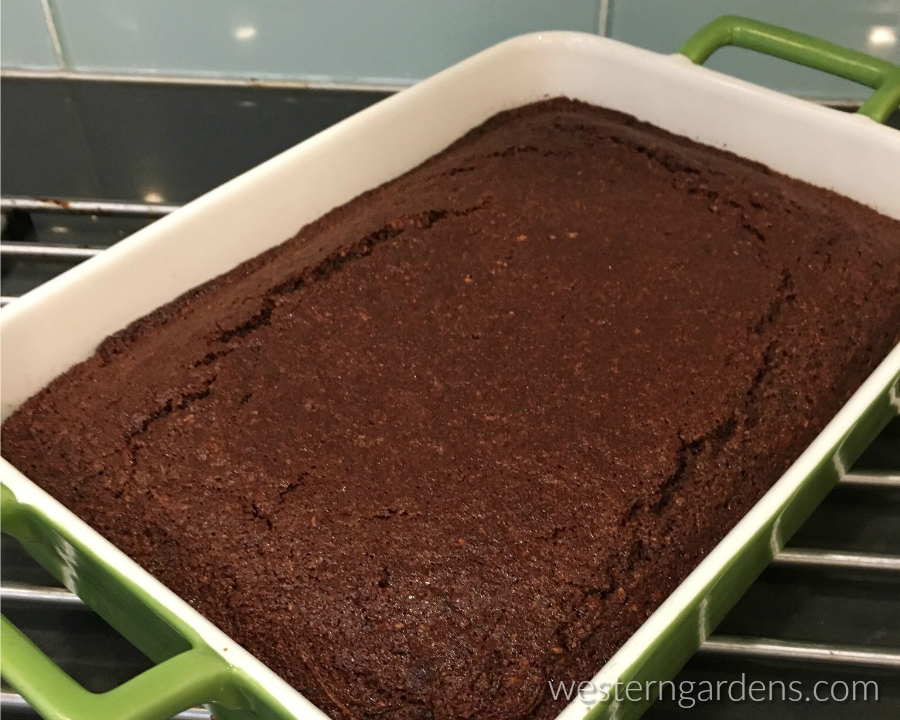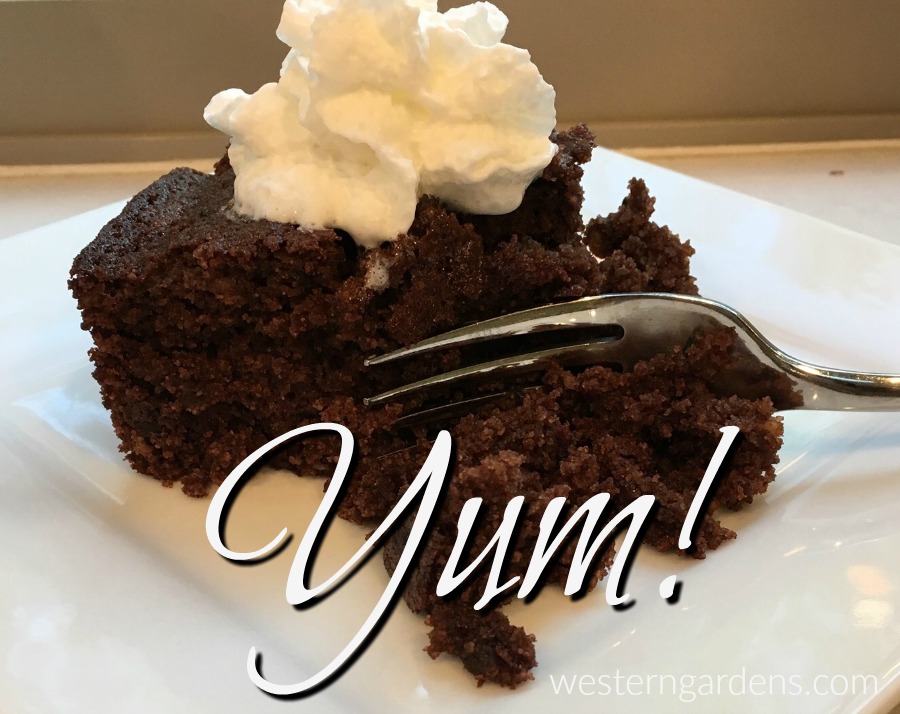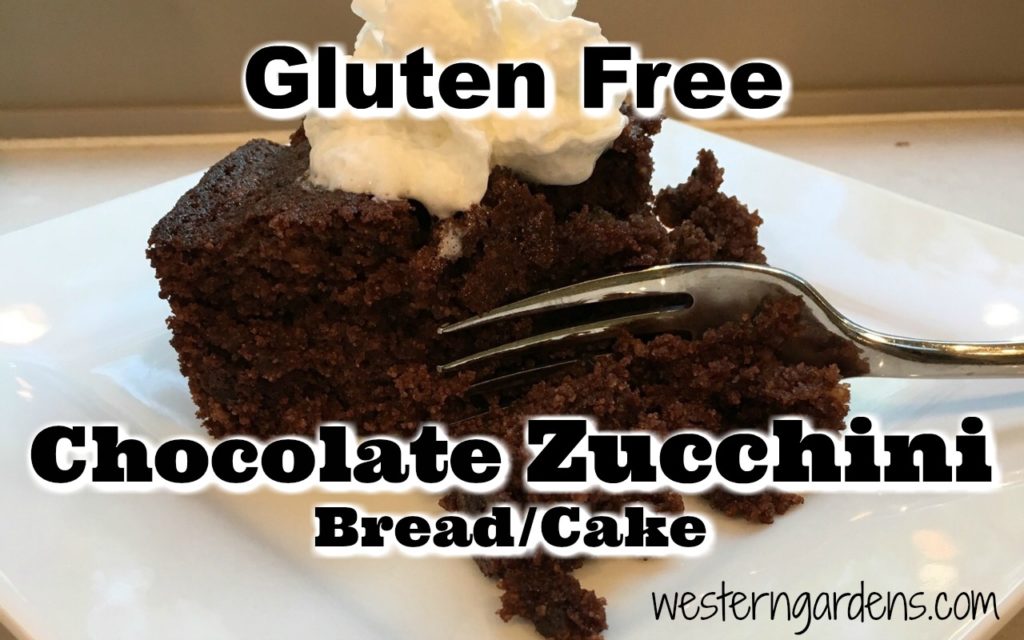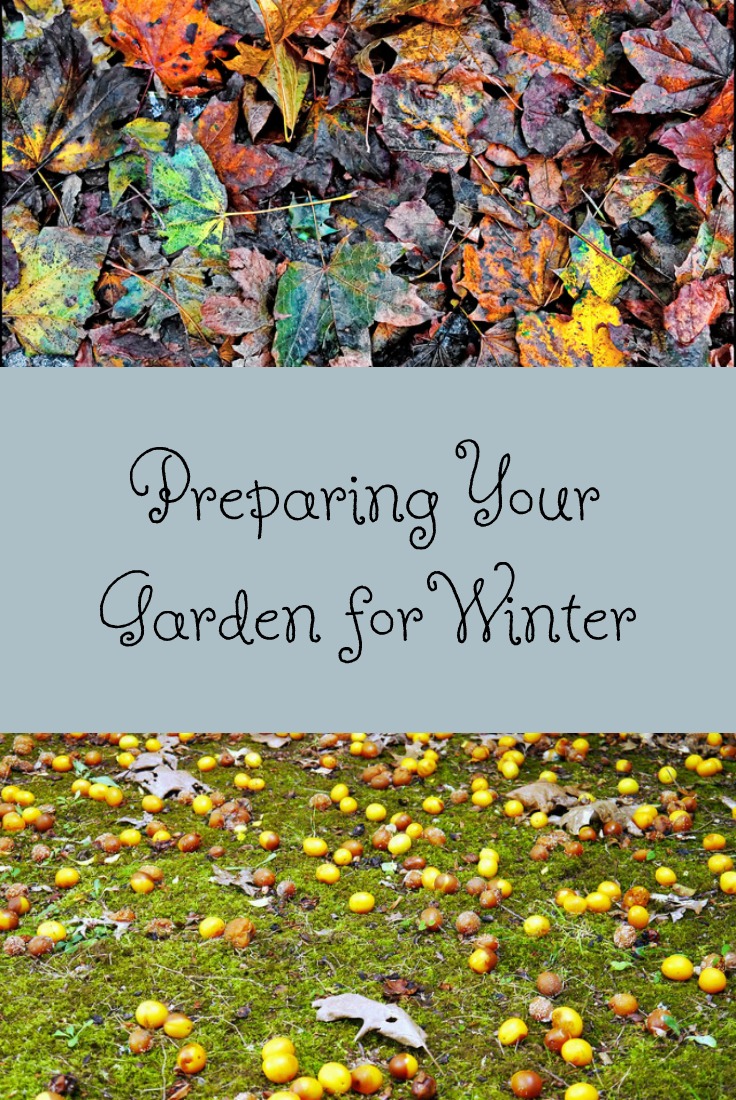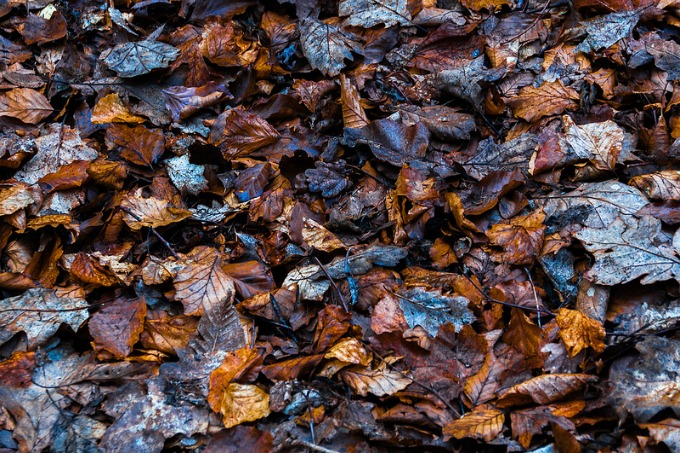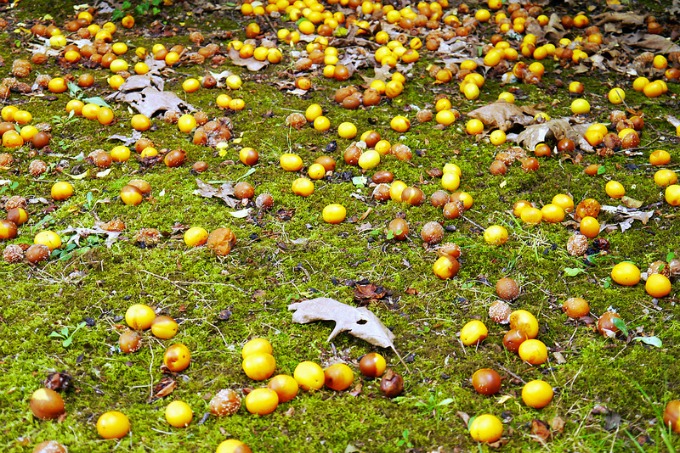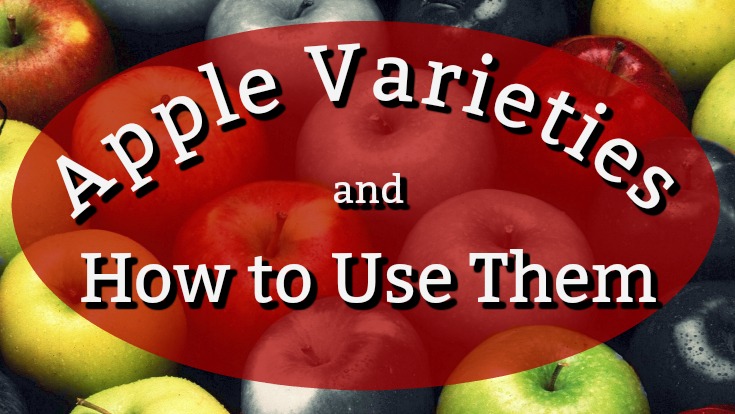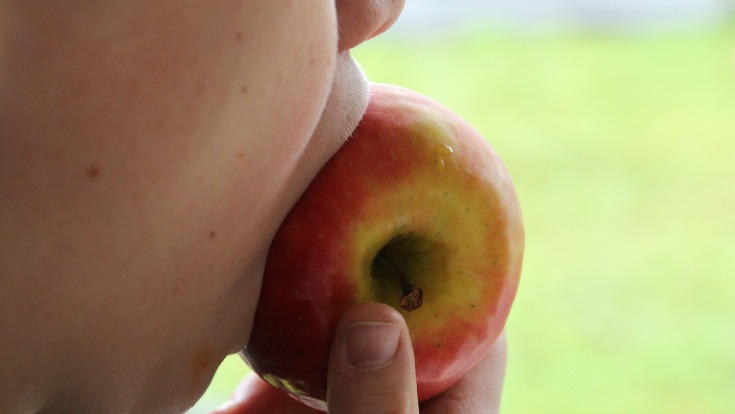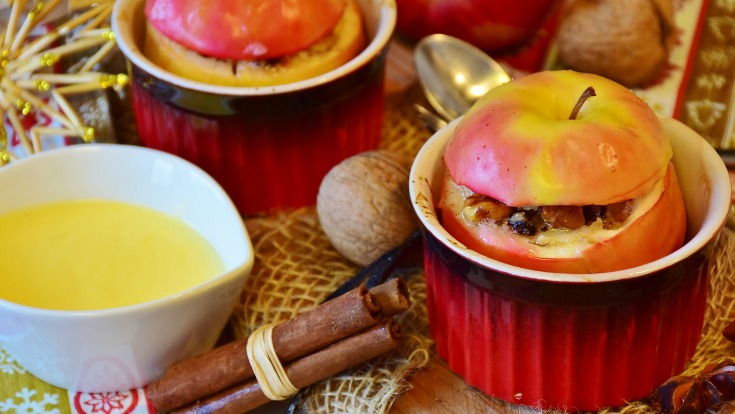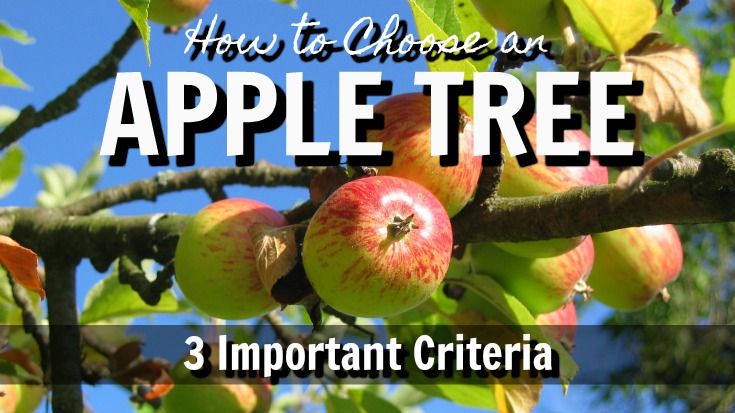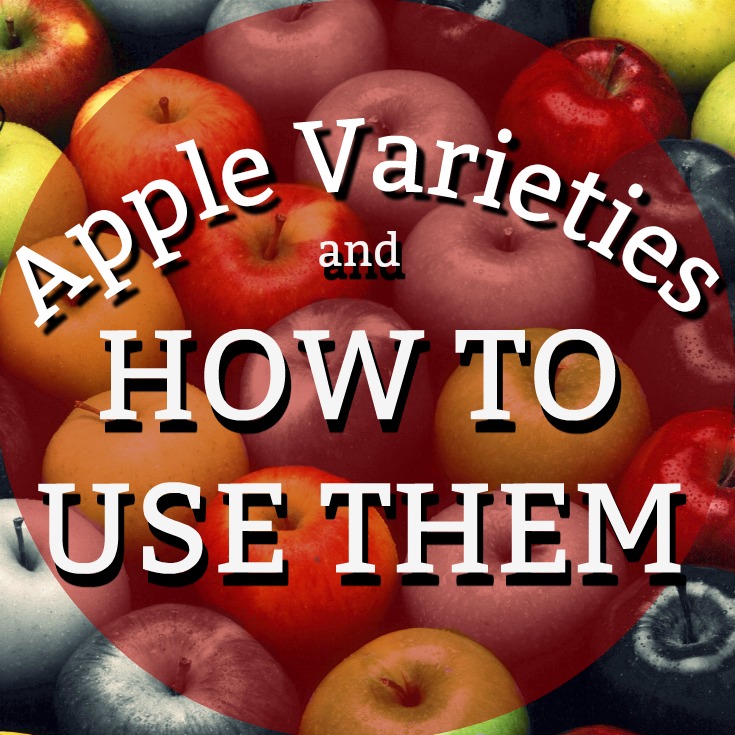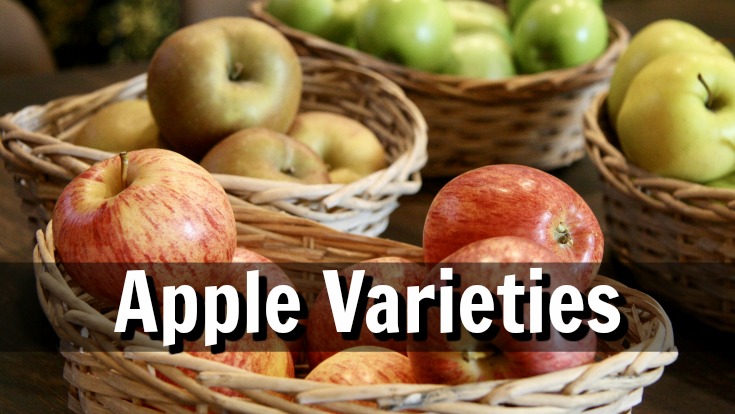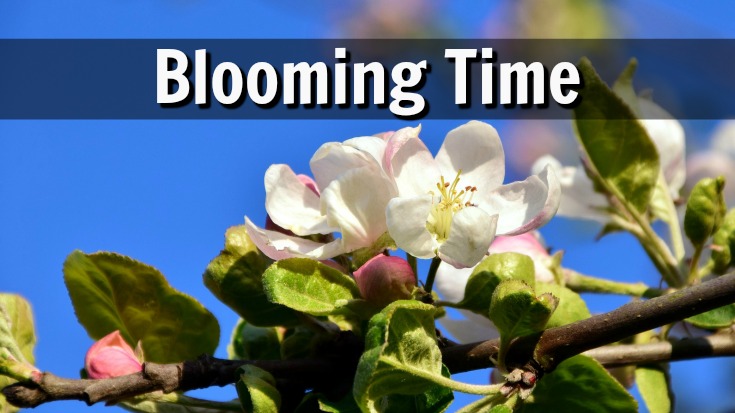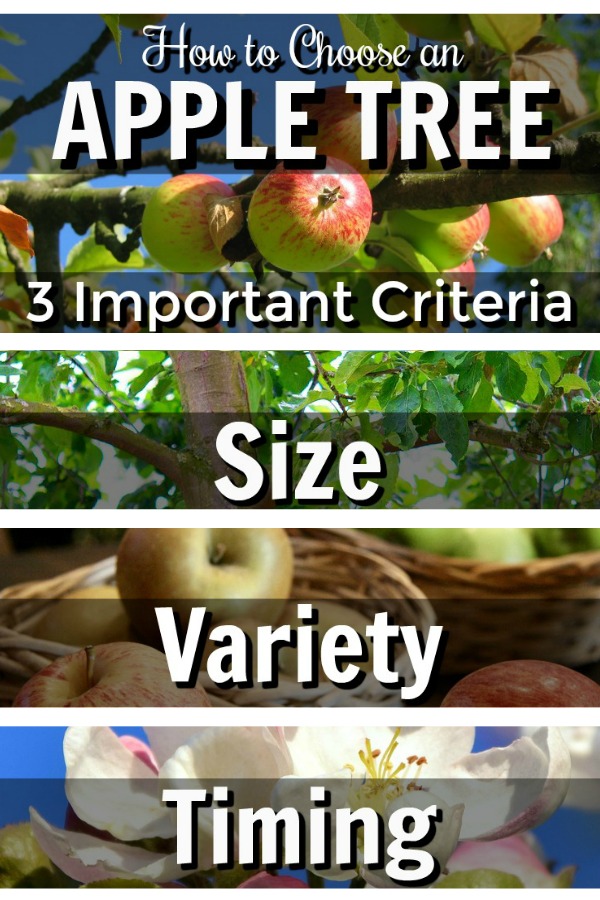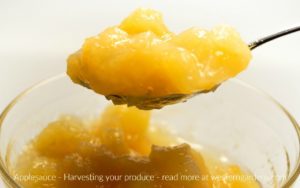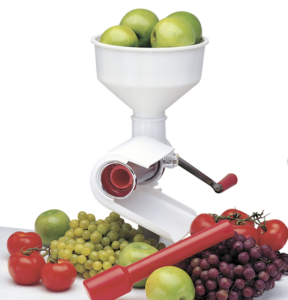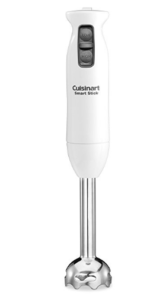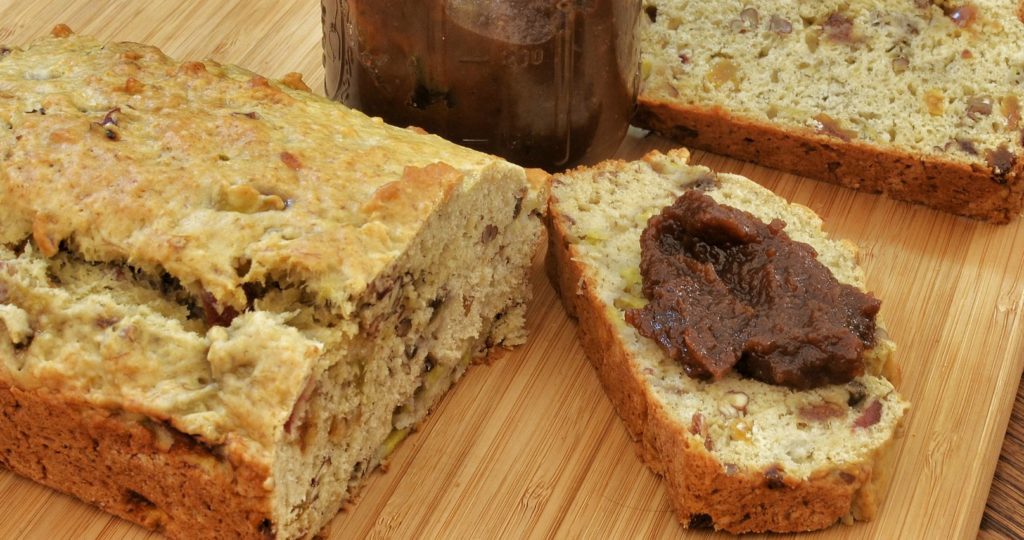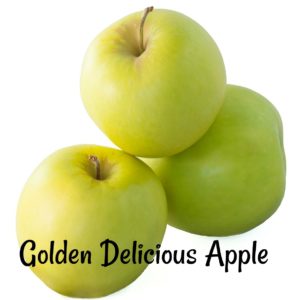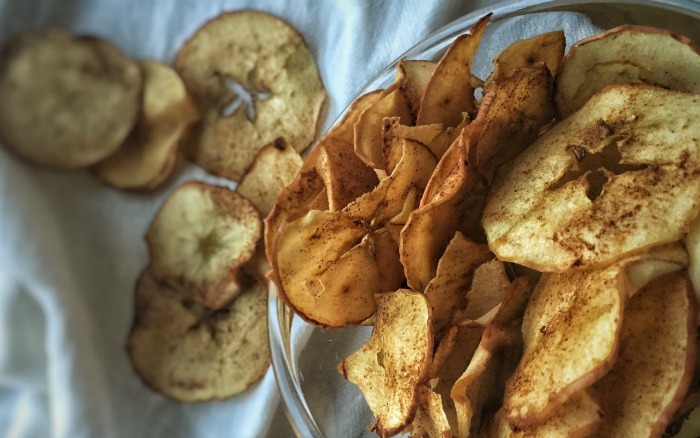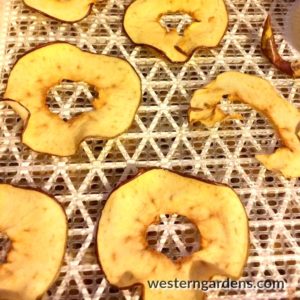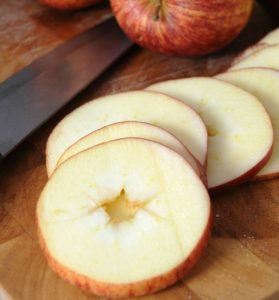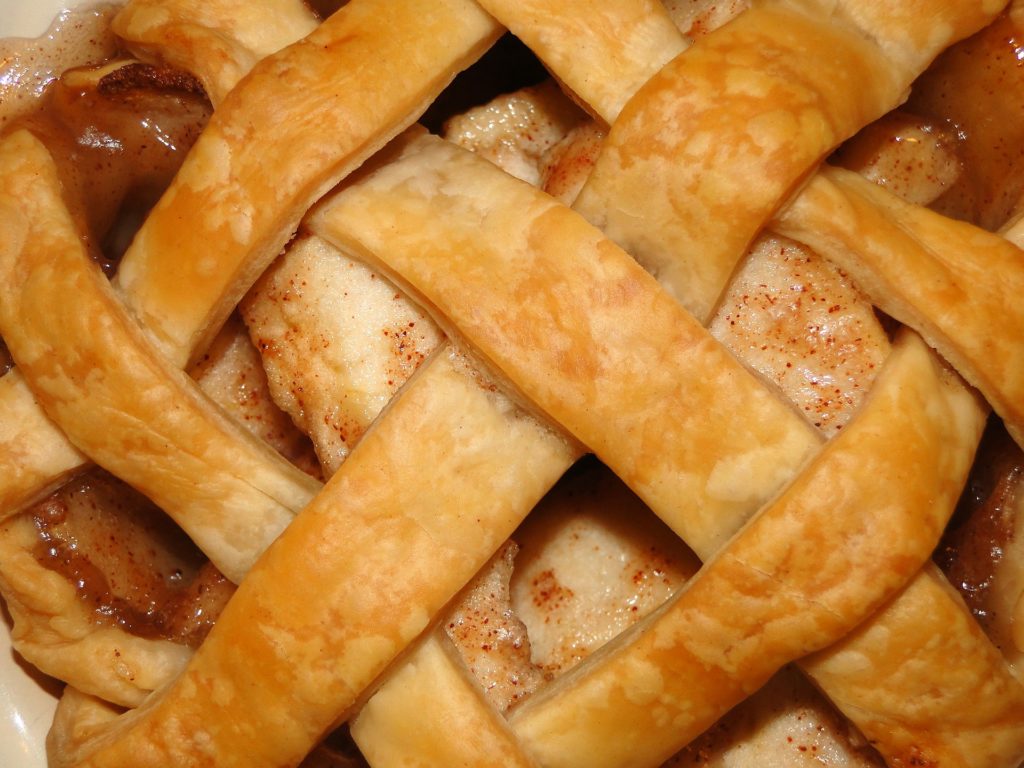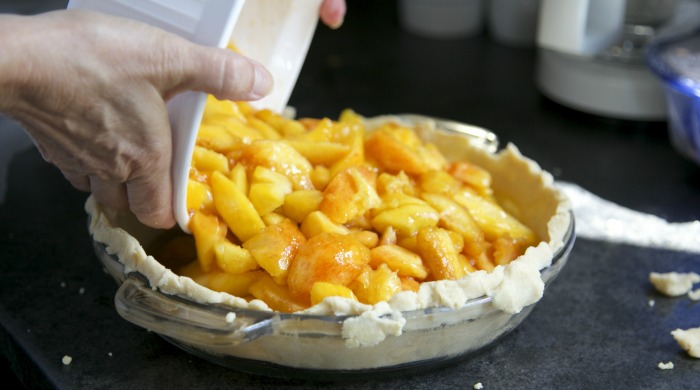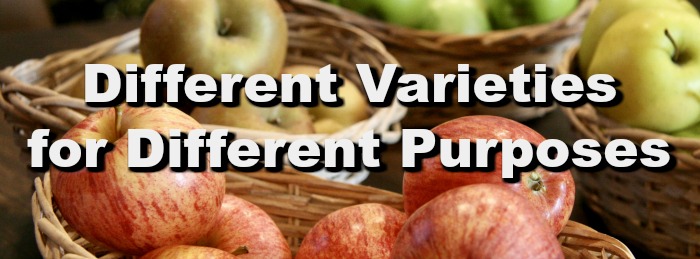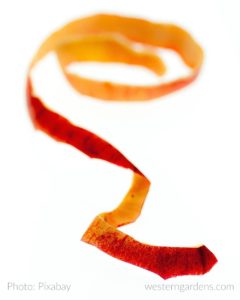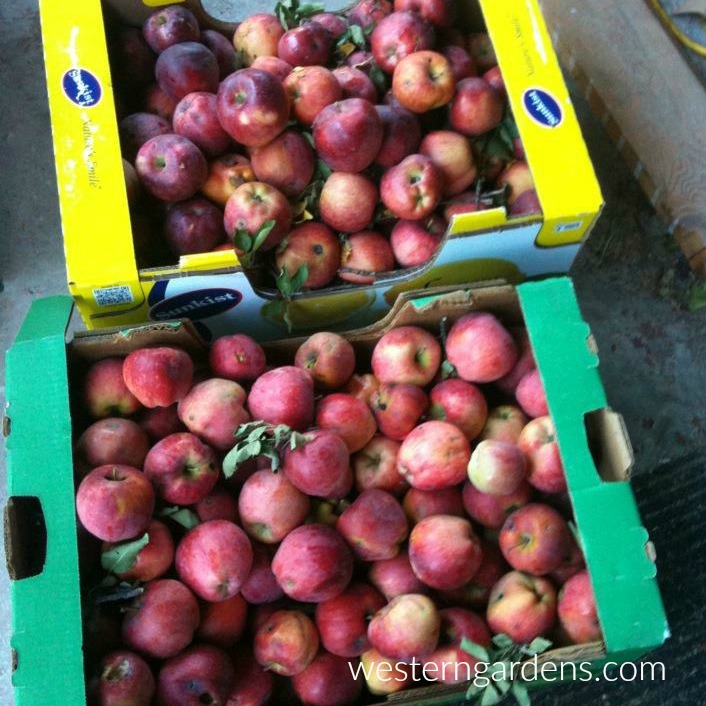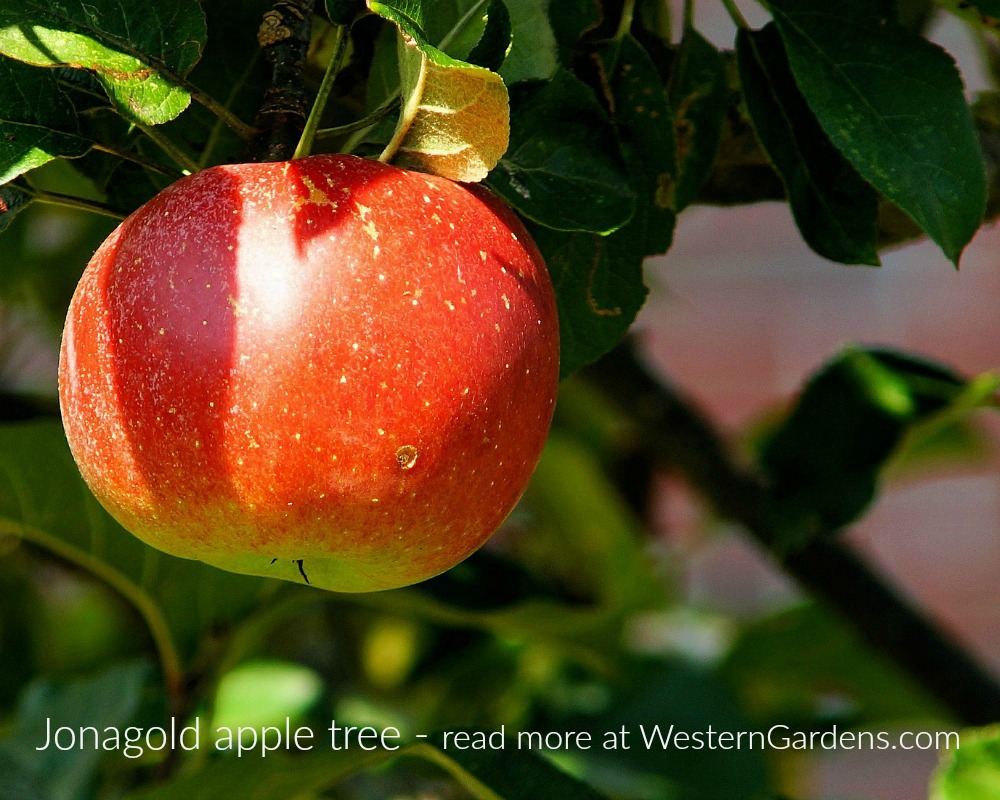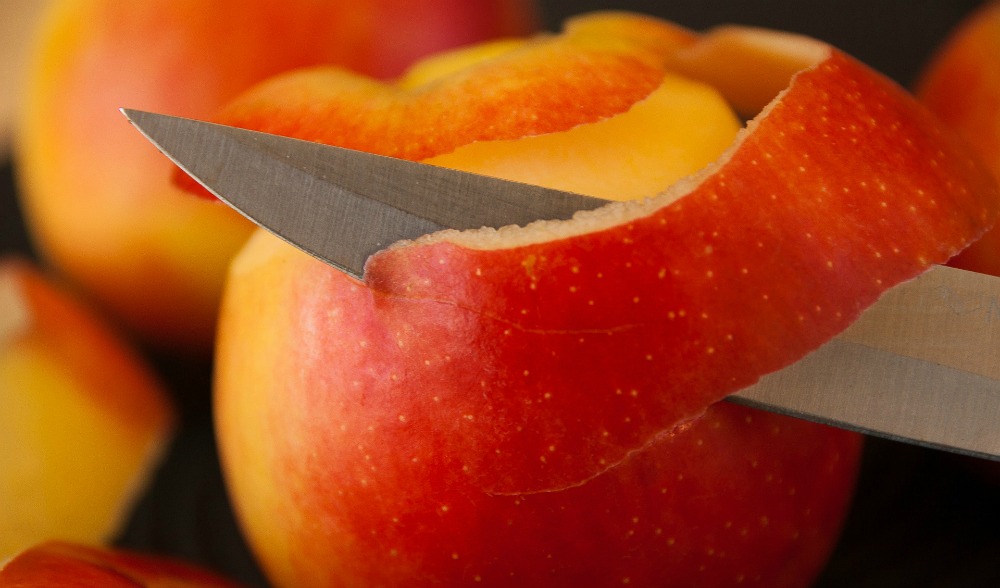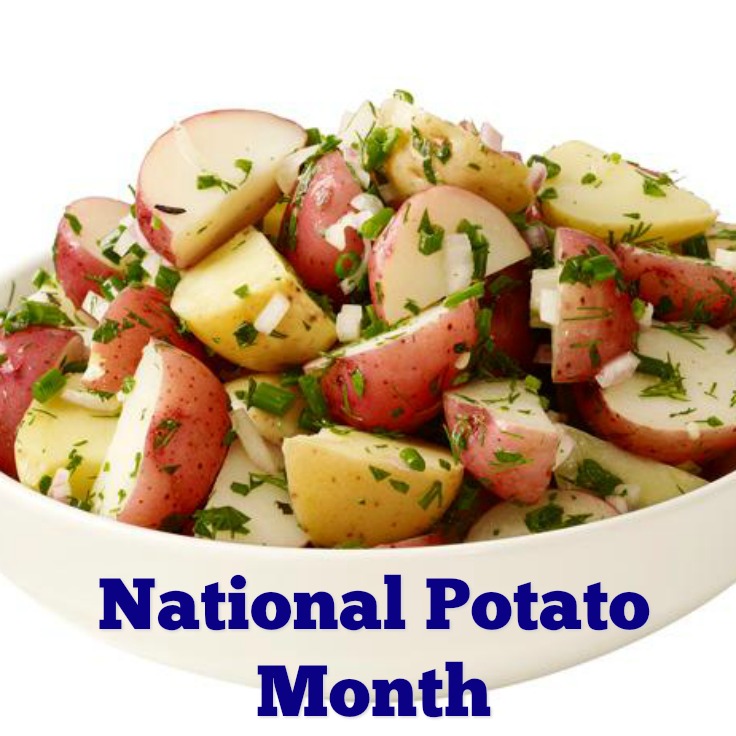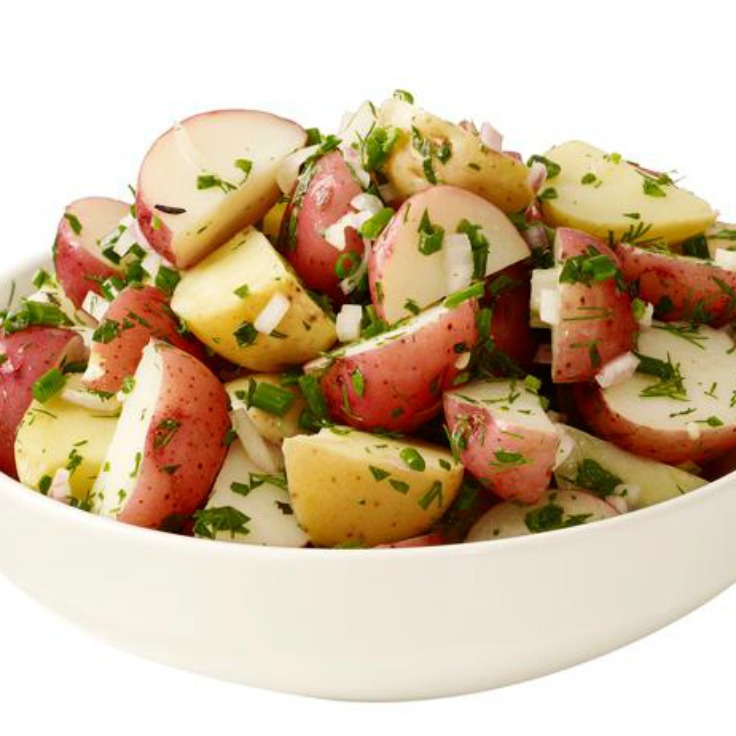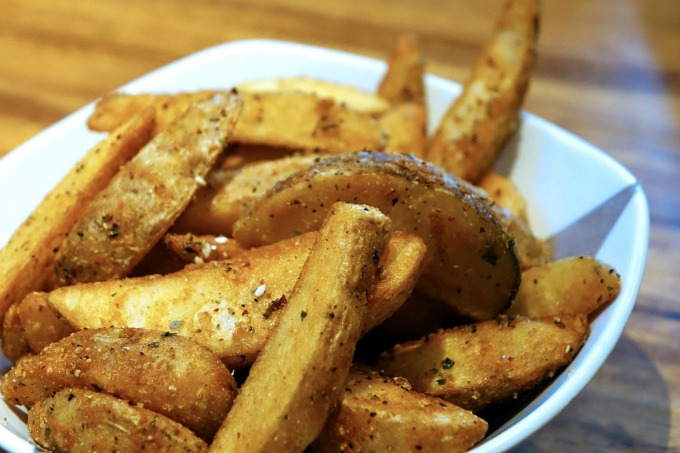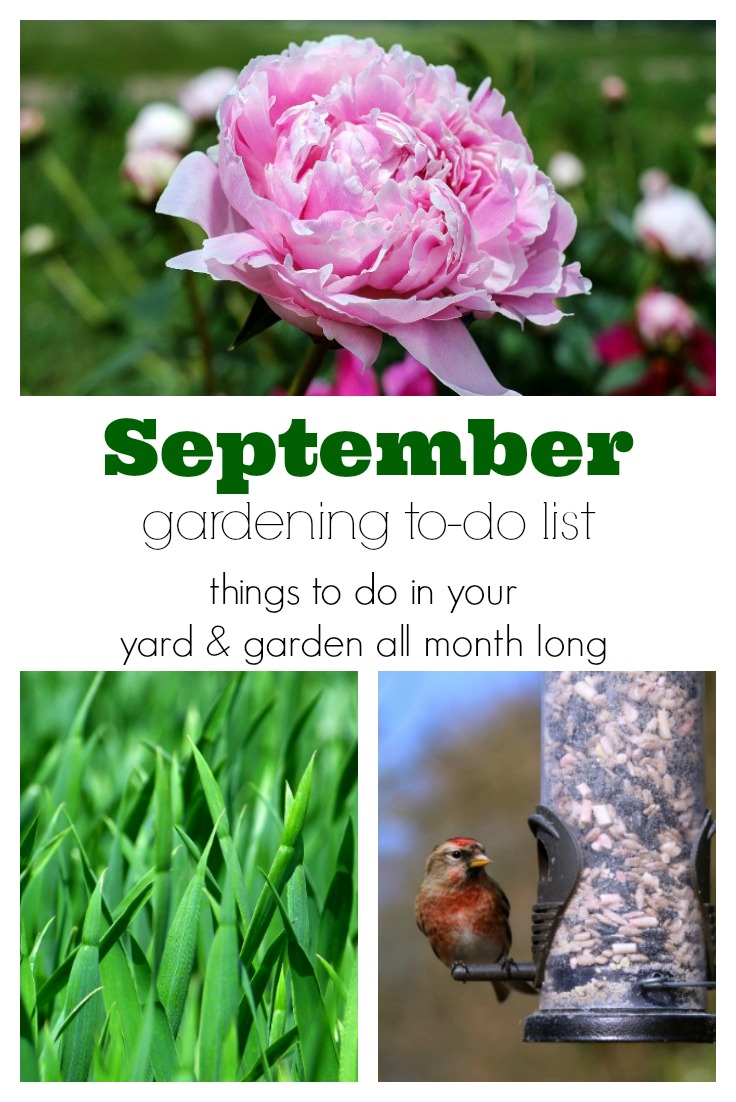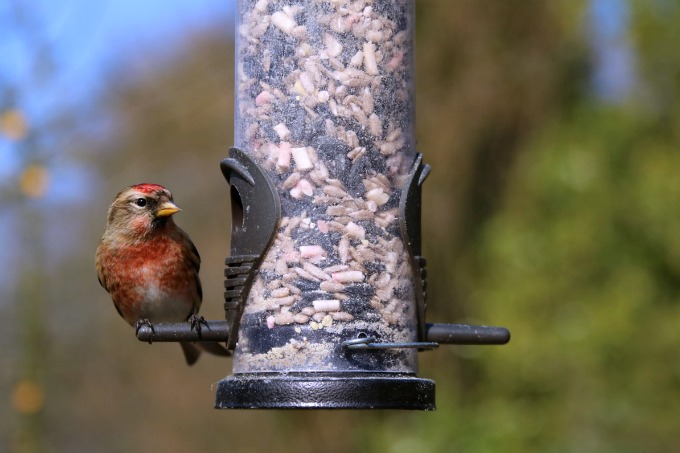Welcome gardening friends, thanks for stopping by!
Excited to work in your yard or garden, but not sure what should be done in the cooler fall weather? Here is our October garden list of tasks to do that will help you be successful in your Utah garden. You may not need to do everything on this list. For example, if you don’t have summer blooming bulbs to dig up or stone fruit trees to spray, skip over those items on the list. Simply pick those that apply to your yard and get started; winter is around the corner!
October Garden List 2017
OR
➺Planting –
Planting in the fall is an excellent time. It gives your plants a great start in the spring on their own timetable.
- Trees & shrubs – come see Western Gardens for quality plant material during their seasonal fall sale.
- Pansies add fall and spring color. Sometimes you will even have color throughout winter, depending on the weather.
- Spring Blooming Bulbs – Purchase quality bulbs from your local nursery. Remember a gardener’s rule of “The bigger the bulb, the bigger the bloom!” Plant them to the proper depth with a complete fertilizer.
- Inside bulbs – purchase and plant bulbs like Paper Whites for color inside the home.
- Perennials – plant healthy new perennials found at Western Garden Centers!
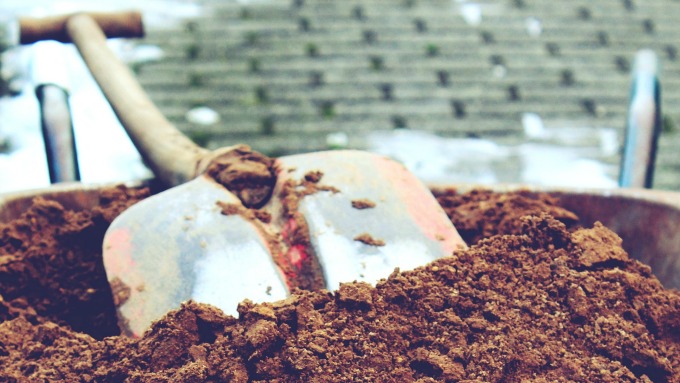
Photo credit: Tante Tati at Pixabay
➺What To Dig Up –
- Dig Tender Bulbs (Summer Blooming Bulbs) – After the first hard frost, carefully dig up cannas, dahlias, gladiolus, etc. They will not survive Utah’s winter temperatures. Store them in a cool dry place. You’ll be able to plant them again in the spring!
- Perennials – Fall is excellent time to divide and transplant perennials after they have finished blooming. Good time to build friendships by sharing with neighbors too!
- Unfavorable Plants – Dig up and discard any plants you discovered you just don’t like. Clean up the yard so you can start anew next spring!
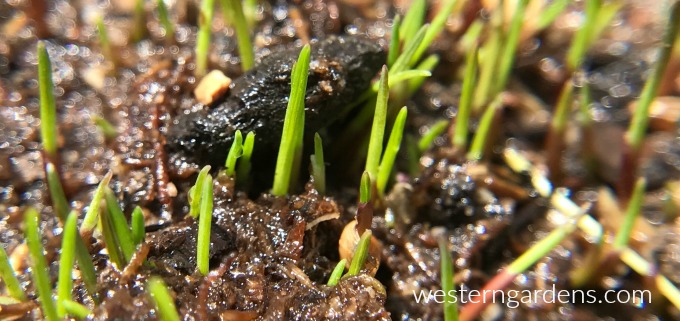
Photo Credit: WensLens
➺Lawn Care –
- Mow lawn to 1 1/2 inch height. This won’t “scalp” the roots, but will help prevent diseases caused by snow build up over the winter.
- Aerate lawn – only well established lawns. You don’t need to aerate the first couple of years with a new lawn.
- Fertilize lawn according to the expert schedule. Western Gardens again can help you be successful.
- Spray lawn for weeds until daytime high temperatures drop below 55 degrees. Most plants really slow down their growth in the fall, but weeds seem to just continue to thrive! Weed-Free-Zone is a great product you can find at your independent garden center like Western Gardens.
- New Seeded Lawn – The first week of October can still be a good time to spread new lawn seed. You should have enough time to keep the seeds moist in the cooler temperatures. The seedlings will pop before the winter sets in. See our experts to help you know how to have success. You can do it!
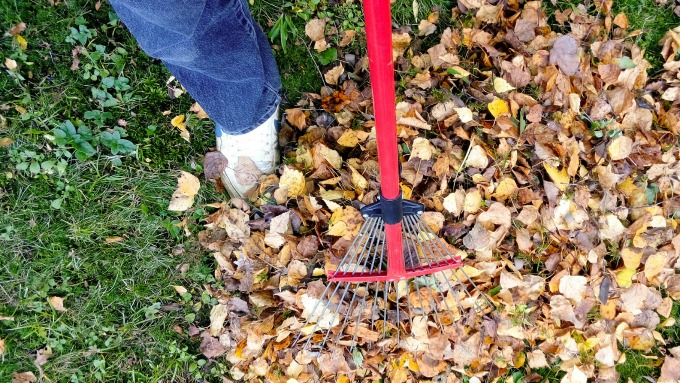
Photo credit: Jazzment at Pixabay
➺Clean up –
- Dead plant material and debris – Remove from vegetable and flower beds after the first killing frost.
- Weeding – Make another effort to control Field Bindweed (aka Wild Morning Glory). Clean out all you can now, so it will be easier to see new starts in the spring.
- Blow out flower beds or rake up leaves. Leaves make a great compost. Pile them in a corner of your yard and in time, you will have the best soil. However, destroy Walnut tree leaves and Aspen leaves. They are toxic or often diseased.
- Clean out rain gutters. The rain is coming!

Photo credit: Hans at Pixabay
➺Winterizing –
- Garden Tools – Inventory and inspect for damage. Oil shovels, pruners, etc and make any necessary repairs or replacement. Consider the gift giving season that is approaching. Quality tools make wonderful useful gifts.
- Sprinkler System – Drain and winterize sprinkler system.
- Garden Hoses – Wind up garden hoses and store in an easily accessible place for spring.
- Lawn Mower – drain or add fuel stabilizer. Change oil and store for the winter. TIP: Use the remaining gas in your mower to run the mower over the leaves you have raked up. This mulches the leaves smaller so they can be composted quicker! When the mower is out of gas, you are done!
- Patio Furniture – cover or bring into storage to protect from Utah’s harsh winter winds and snow.
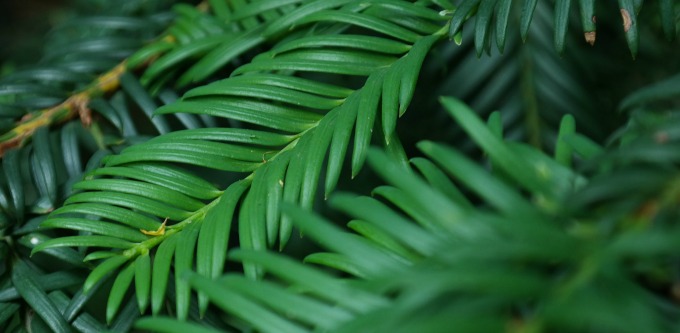
Photo credit: Estella Guerrera at Pixabay
➺Trees & Shrub Care –
- Stone Fruit Trees – If you had problems during this past season, spray for Coryneum blight after leaves fall.
- Do NOT prune fruit trees until January or February. You may prune out dead or broken limbs.
- Evergreens – Trim to shape. Wrap those bushes that could break from winter snow.
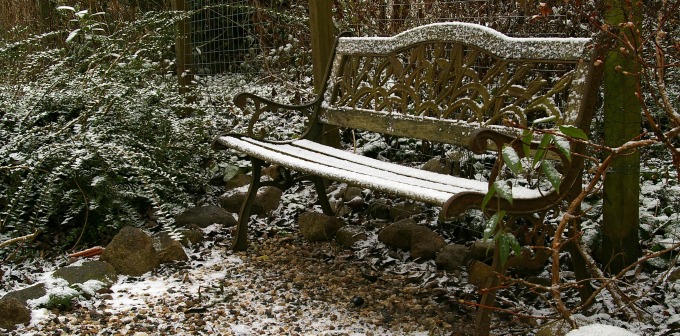
Photo credit: K.Riemer at Pixabay
➺Assess Your Yard
Take a moment to sit, survey, and jot down changes to make next year. Some items you can do now, i.e. transplanting. Maybe you want to plant a specific maple in a specific location, or try a new perennial in the spring. Quality plants can be found in your local independent nursery during fall sales, however, they are limited to their stock on hand. Drop by Western Garden Centers and tell them what you are looking for. If they are sold out, the nursery stock manager/orderer possibly can look for and bring into the store your specific tree or shrub for the spring.
Doing these tasks on our October garden list will help make November all the more enjoyable. And come spring, you will have a good head start on getting your gardens ready for spring.

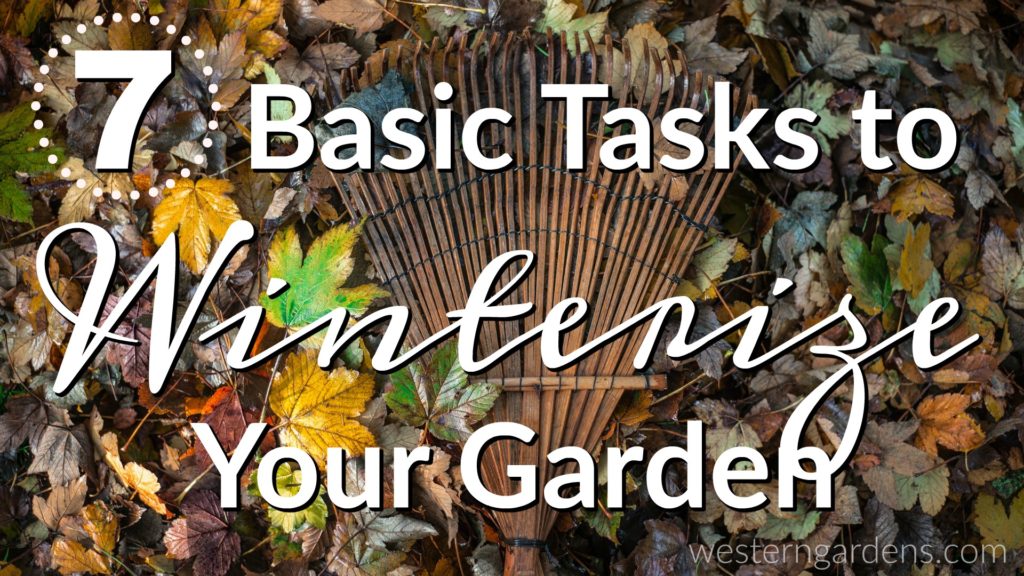
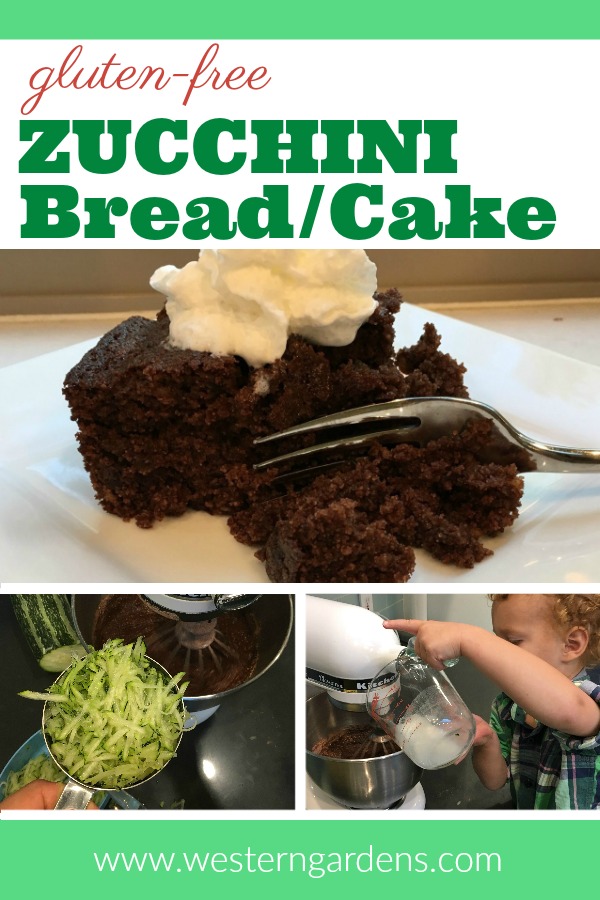
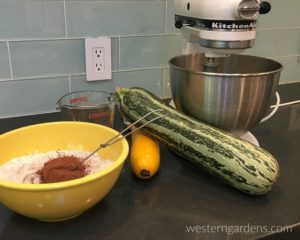 DIRECTIONS
DIRECTIONS